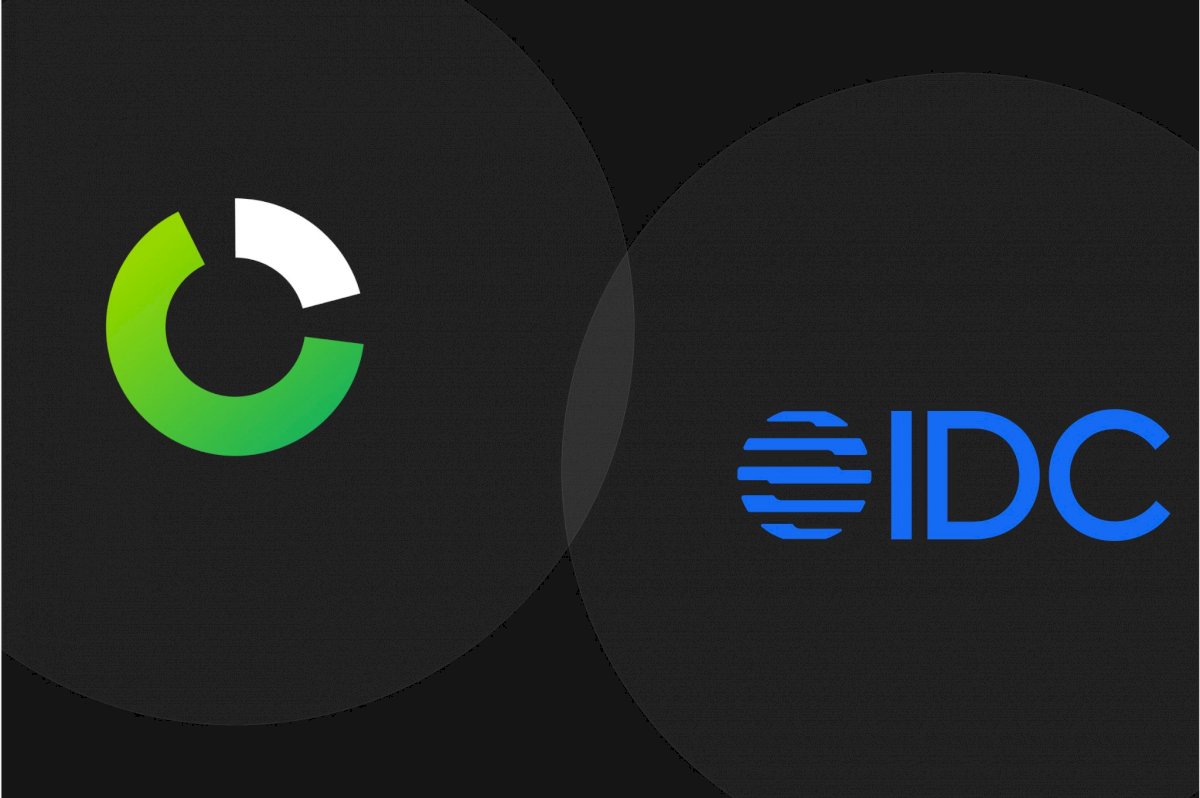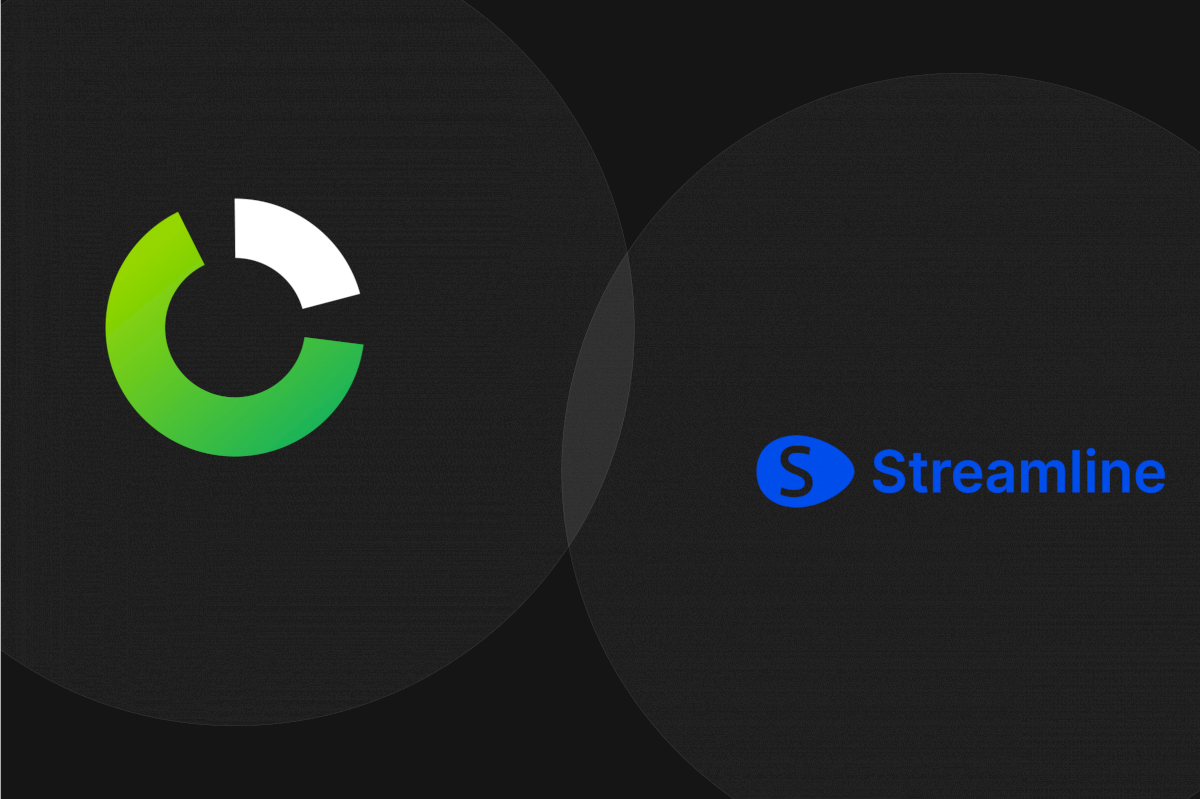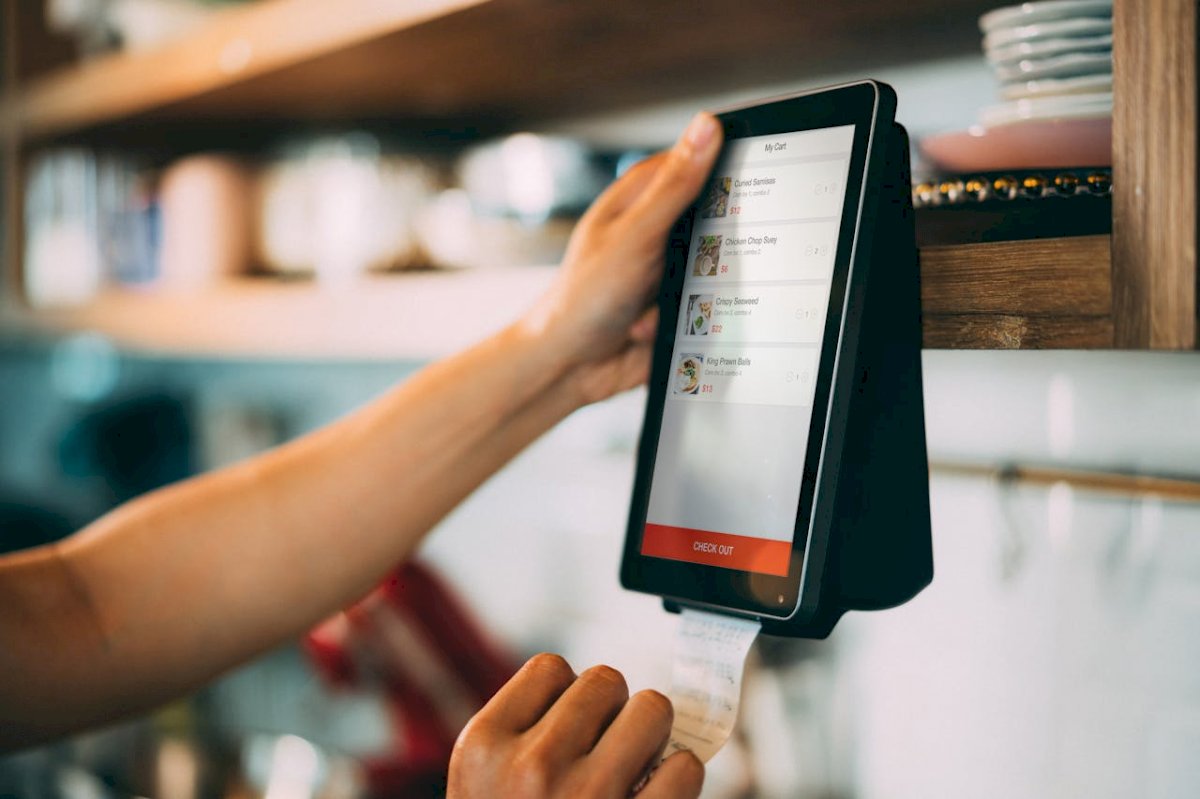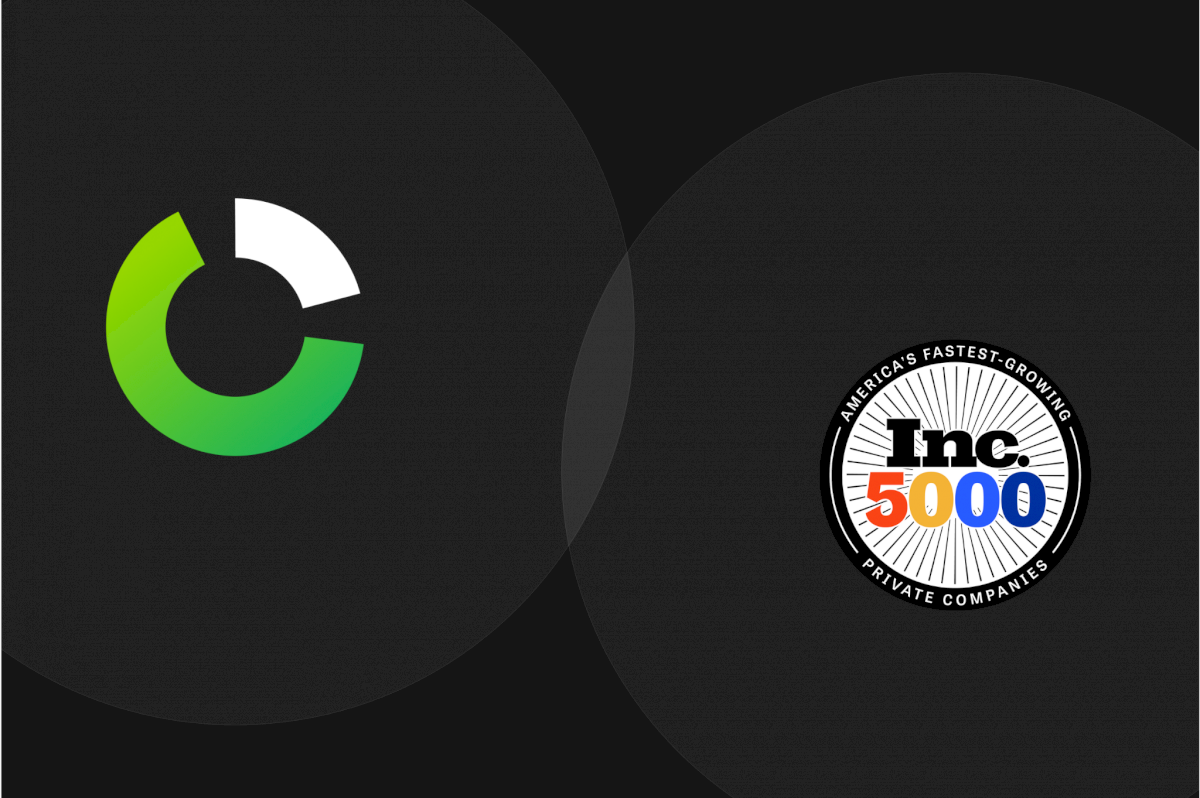 >
>
Article
Competera Named a Major Player in the IDC MarketScape: Worldwide Retail Price Optimization Solutions 2025 Vendor Assessment
article
Competera Named a Leader in QKS Group’s SPARK Matrix for Intelligent Retail Pricing and Promotion Optimization
Competera is named a Leader in QKS Group’s SPARK Matrix 2025 for AI-driven retail pricing, recognized for contextual AI, scalability, and proven impact.
article
Black Friday Strategies for Retailers in 2025: How to Win the Most Complex Peak Season
Learn how shifting consumer behavior, rising costs and AI pricing solutions shape Black Friday 2025. Get strategies to protect margin, drive peak-season sales, and ensure long-term growth.
article
From Shelf Price to Brand Positioning: How to Build Customer-Centric Pricing with Caroline Cookson
Caroline Cookson shares how to build consumer-centric, values-led pricing strategies that balance brand, trust, and profitability.
article
Scaling Pricing Across 20 Markets: Building Global Frameworks with Local Freedom at Zooplus with Pooja Gerara
In this episode of Pricing Heroes — the retail pricing podcast for practitioners and executives — Zooplus VP Pooja Gerera discusses how she built scalable, data-driven pricing across 20 markets.
 >
>
Article
Competera and Streamline Announce Technology Partnership
 >
>
Article
Retail Pricing Under Scrutiny: Trust, Fairness, and the Future of Pricing with Barrie Carmel
 >
>
Article
AI and Pricing: The Retail Industry's New Rulebook
 >
>
Article
AI Pricing Solutions: The Future of the Retail Industry
 >
>
Article
The Foundations of Pricing Leadership: Driving Strategy, Credibility, and Tech Readiness with Lee Mackedanz
 >
>
Article
Competera Named to Inc. 5000 List of America’s Fastest-Growing Private Companies
article
The All-Seeing Eye: How to Use Vision AI for a Smarter Retail Pricing Strategy
Learn how Vision AI transforms retail pricing. Use image recognition to monitor competitors, track shelf data, and build a smarter, more profitable pricing strategy.
article
AI Price Prediction: Gain a Competitive Edge in Retail
Move beyond guesswork. Discover how AI price prediction helps retailers optimize pricing, forecast demand, and secure a lasting competitive edge in today's market
article
AI Pricing: A Marketer's Guide to Price Optimization
Learn how AI-driven pricing works. Our guide will help you optimize promotions, select the ideal AI pricing engine, and significantly increase your business conversions.
article
AI Pricing & Demand Forecasting Today: Insights from a Decade in Applied AI
Discover how AI is reshaping retail pricing and demand forecasting with insights from Jayadeep Shitole, former Principal Data Scientist at Walmart. Learn practical steps, real-world strategies, and the future of AI-powered pricing.
 >
>
Article
Pricing Mistakes: Common Errors Businesses Make and How to Avoid Them





